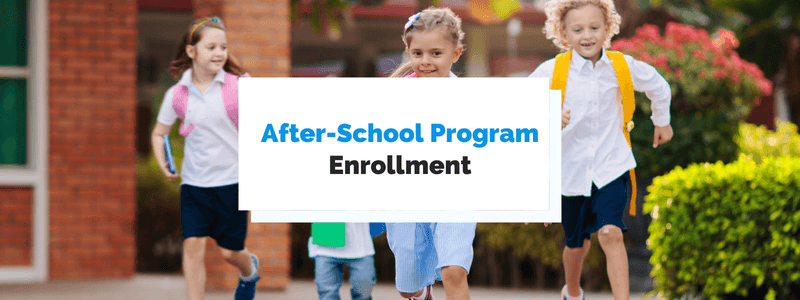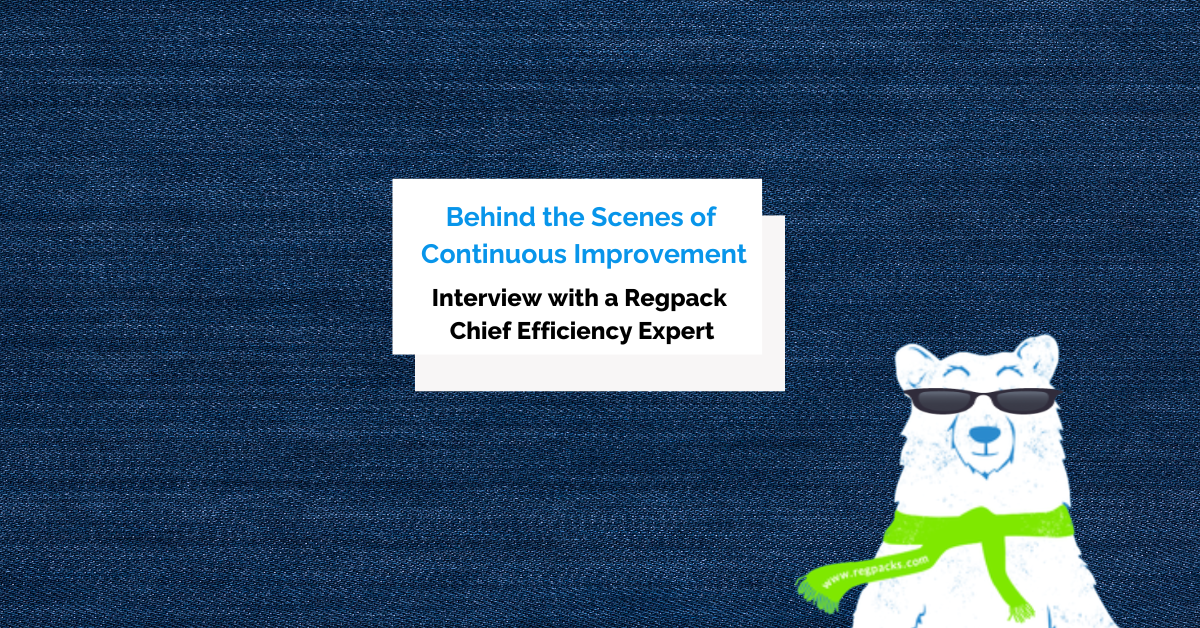Increasing enrollment in your after-school program often requires nothing more than a slight change or addition to your overall marketing strategy.
Often, just starting to do one or two new marketing methods, or learning how to do one new method extremely well, is enough to radically improve enrollment.
In this article, we’ll cover five of the most effective methods for improving your registration and retention numbers, including partnering with local schools and offering a free trial period.
- Market the After-School Program
- Partner With Local Schools
- Demonstrate the Program’s Value
- Offer a Free Trial Period
- Make It Easy to Register
- Conclusion
Market the After-School Program
Marketing your after-school program is essential for increasing enrollment because it spreads the word about its value and makes students and their parents aware of its existence.
The best marketing strategy is a diverse one that leverages various channels and methods, from paid advertising on Google to creating content and posting it on your website and social media channels where students and parents are active.
Below are some of the best marketing methods for increasing enrollment:
| PPC advertising | Run ads on Google that appear on the search engine results pages when people search a certain phrase like “best after-school science program in Scituate”. |
| Content marketing | Create blog posts and videos on your website that answer common questions your target audience might have, and thus appear in the search results pages and attract people to your website. |
| Referrals | Incentivize parents and students to refer your program to their friends and peers. For instance, offer up a gift card that parents can win if they refer someone who signs up. |
| Social media marketing | Post content and run ads about your program on social media channels that your ideal students and parents use. |
| Networking | Connect with people at local schools, community centers, athletic programs, and other places where students spend their time. These people will likely recommend your program to the students they think it could benefit. |
Although online marketing methods tend to be the most effective, don’t ignore physical advertisements.
A well-placed sign or poster promoting your after-school program can definitely draw the attention of students and parents.
Put them in places that are highly trafficked by students, like inside school hallways or even on a scoreboard on the football field.
When you effectively market your after-school program across various mediums, and educate students about the value of your program, enrollment numbers will increase.
Partner With Local Schools
Partnering with local schools by connecting with school administrators and teachers who can promote your after-school program is an effective method for reaching more students who’d benefit from the program.
It’s in a school’s best interest to provide its students with resources that will help them grow and succeed.
The more those students do well on state exams or go off to solid colleges, the more credit the school gets for its performance, and the more revenue or state funding it receives.
So if your program is a good fit to help the school’s students advance in some area, the teachers and administrators will bring it up to the child.
There’s no need to offer them any other incentive than the fact that it will help their students.
Further, if a parent comes in for a parent-teacher conference and wants their student to excel in some area that your program supports, be it math or sports, then the teacher can recommend it to the parent.
Recommending your program makes the teacher look better to the parent, and it helps your program get another customer.
In order to ensure that teachers and administrators refer students and parents to your program, they must be aware of the program and its value.
So schedule meetings with school administrators and explain to them how and why you think it will benefit their students.
Also, give them something to hand out to the students or their parents, such as flyers or brochures, as these will allow the students to investigate the program by themselves.
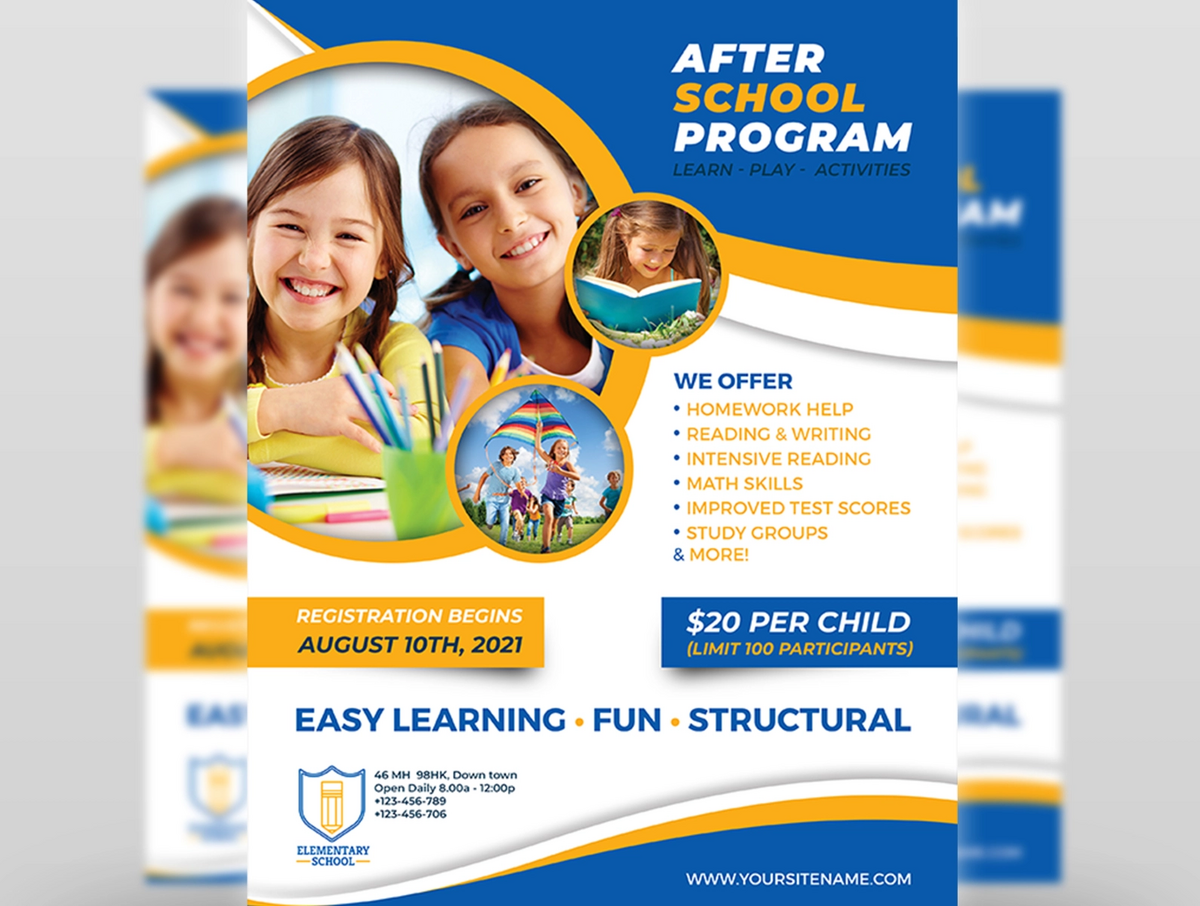
Source: Dribble
Your point-of-contact can also hand these flyers out to their teachers so that they can learn about the program and better identify which students would enjoy it.
If you’re unsure of who to reach out to in the school in order to create this mutually beneficial business relationship, check to see if the school has a local advisory board.
These are committees that schools set up for the very purpose of building partnerships with local businesses.
It’s often made up of students, parents, teachers, and other members of the community.
These relationships will often help you determine which of the schools in your local area that have students in the right age range are the best fit for your program.
Having schools on your team promoting it is going to dramatically increase the number of students and parents reaching out to learn more about your after-school program.
Demonstrate the Program’s Value
The average after-school program has a lot to offer children.
Such programs promote a child’s intellectual, moral, emotional, and social development, and provide a sense of community and a supportive place to explore their authentic interests.
They offer parents something as well—namely, time off from the wonderful yet, at times, exhausting responsibility of parenting.
But your program likely offers that roundup of benefits along with something unique.
And it’s that unique value proposition (also known as a unique selling point, or USP) that is important to clearly get across to the parents.
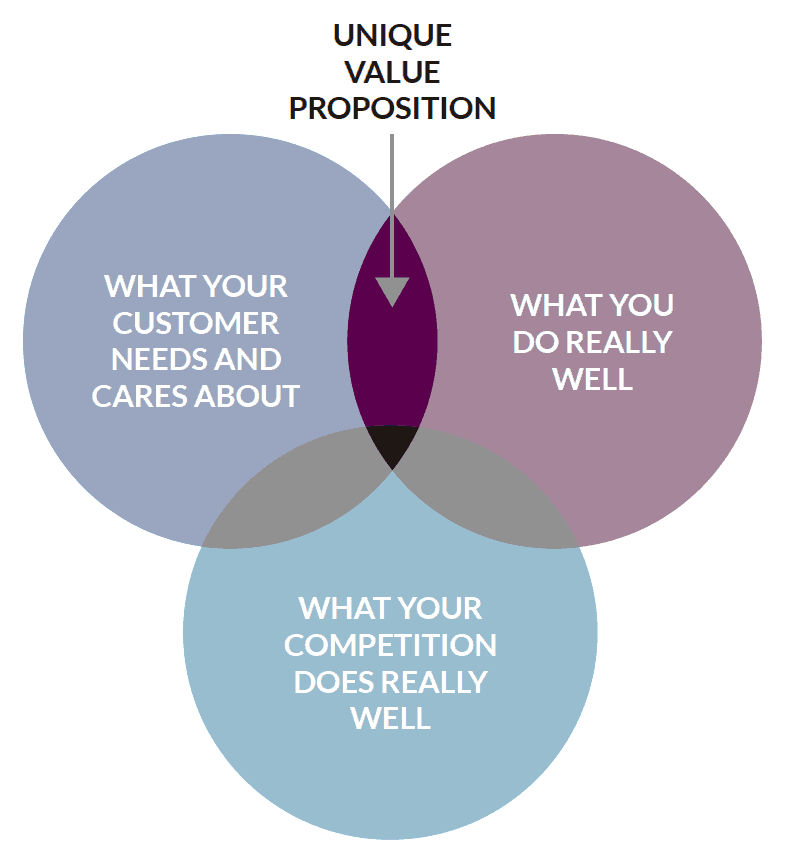
Source: Social Impact Architects
In 1-2 short sentences, define the valuable service that your after-school program delivers that other similar programs don’t.
Having a USP and sharing it across various social channels and marketing channels will help you convince parents to enroll their children.
For instance, an after-school fitness program’s USP when marketing to parents might be: “Where kids come wired and leave tired, so that you can rest after work, not entertain.”
A great way to find solid material for your USP is to think about your staff’s credentials and accomplishments.
For example, if an after-school math team’s director is a former gold medalist at the International Mathematical Olympiad, who went on to successfully tutor other winners, that’s definitely something you’d want to include in your USP.
Aside from clarifying what makes your program special, it’s also a good idea to find social proof to substantiate your claims.
Types of social proof include parent and student reviews, customer testimonials, social media mentions of your program, expert endorsements of your program, and parent or student-generated content that you can share online.
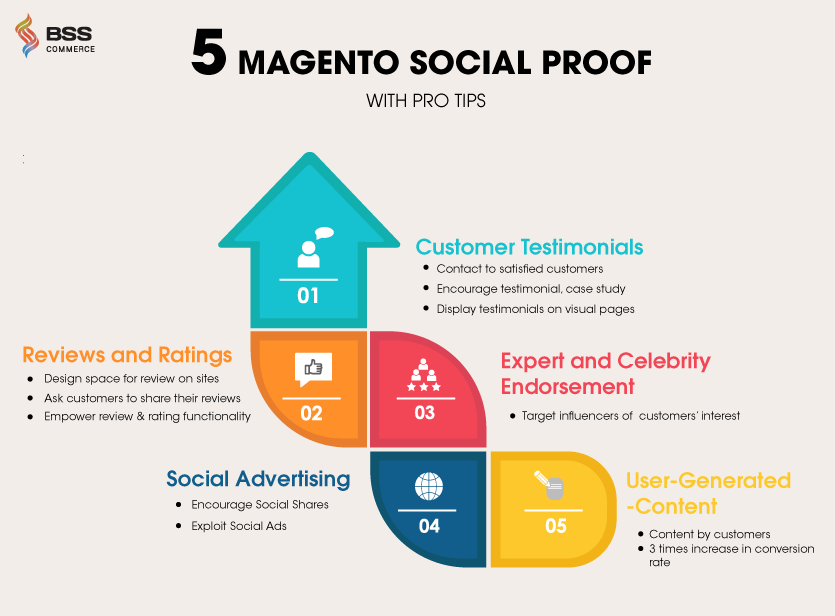
Source: BSS Commerce
For example, if you notice that a child is excelling in your program, ask the parent, or the child, to provide a testimonial, and then share that testimonial on your social media page.
Or, develop strong relationships with parents and encourage them to promote your program on social media to their network of other parents.
When you combine the powers of a strong USP and social proof, your after-school program’s enrollment numbers are sure to improve.
Offer a Free Trial Period
By offering a free trial period, you give your students a chance to test out your program for a defined period of time before committing to paying for it.
The central value of offering a free trial is that it removes any sense of risk from the family.
Therefore, more students will attend, and it’s likely that a large chunk of them will decide to enroll.
A free trial period also decreases the number of students who register and then decide that it’s not for them, which can lead to frustrating discussions with parents about refunds.
Any child who’s a bad fit for the program will find that out during the free trial.
As for logistics, the optimal length of a free trial is a few days at the start of a program session.
Access to 2-3 sessions gives students ample opportunity to feel out the program but won’t cut so much into your program’s earnings that it makes the free trial strategy unprofitable.
If finances demand it, one day might also be enough:
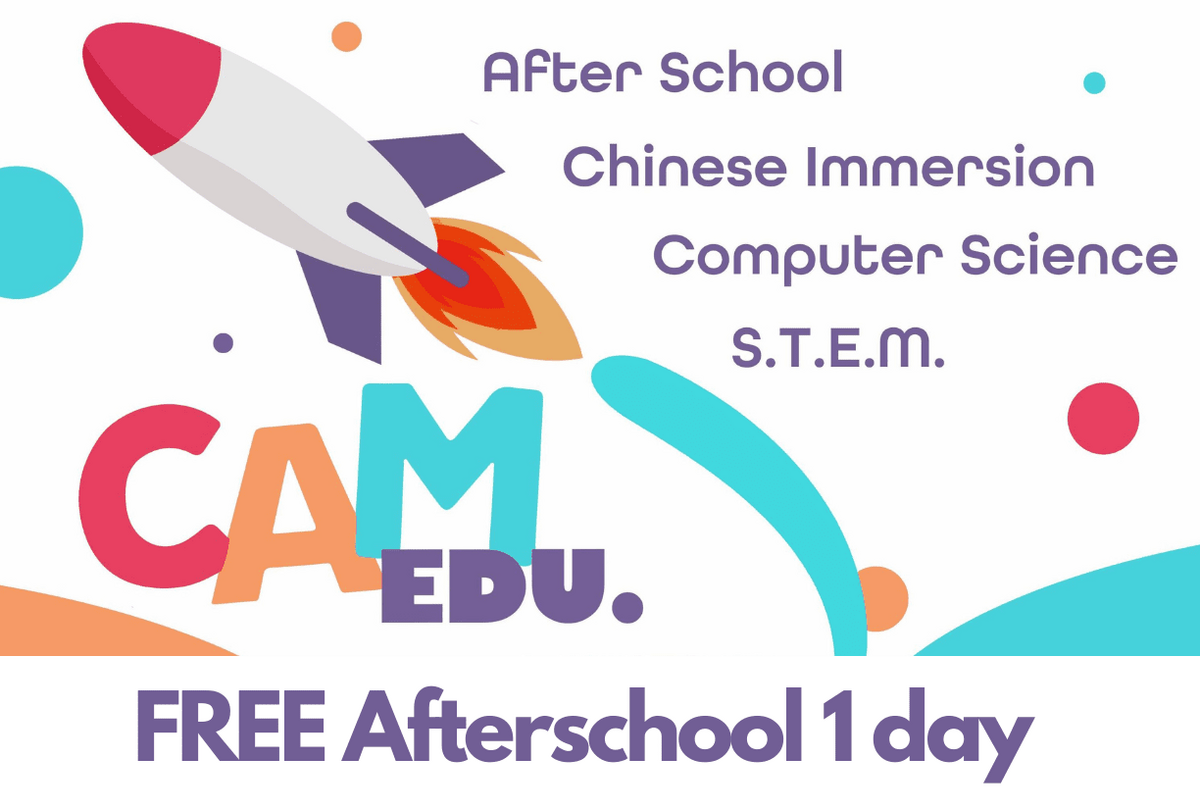
Source: Child’s Life
While it’s a good idea to get the attendees excited about your program during your after-school free trial period, don’t go overboard with the promotions.
You want the children to experience the program as it will be going forward. If on your free trial, you took the students to the science museum and then stayed in the classroom for the rest of the program, you’d probably receive some complaints caused by mismatched expectations.
Be sure to market your free trial on social media and your website. Also, put up signs in the school and other places that students frequent, like places of worship or community centers.
Here’s an example of a solid advertisement for an Islamic studies after-school program:

Source: IQRA Institute
The free 1-day trial is advertised front and center. It stands out from the rest of the poster so that children and parents will see it.
There’s a reason why almost every software company offers a free trial.
They know that half the battle in sales is getting people to try out their product and that once someone does, they won’t be able to stop using it.
If you play your cards right, the same will apply to your after-school program.
Make It Easy to Register
A long and complicated registration process discourages students from signing up for after-school programs.
Born and raised in the digital age, students expect to be able to do every administrative task, from scheduling a doctor’s appointment to registering for your program, quickly and online.
So make your registration process digital and effortless—otherwise, all the work you put into marketing the program will be for naught.
The simplest way to create a seamless registration process is to create an online registration form and embed it onto your program’s website.
Through this form, students and parents can submit the required information and make their payments.
The process of signing up with an online registration form should take no longer than a few minutes.
To easily create and embed a form, consider using an after-school registration software like Regpack:
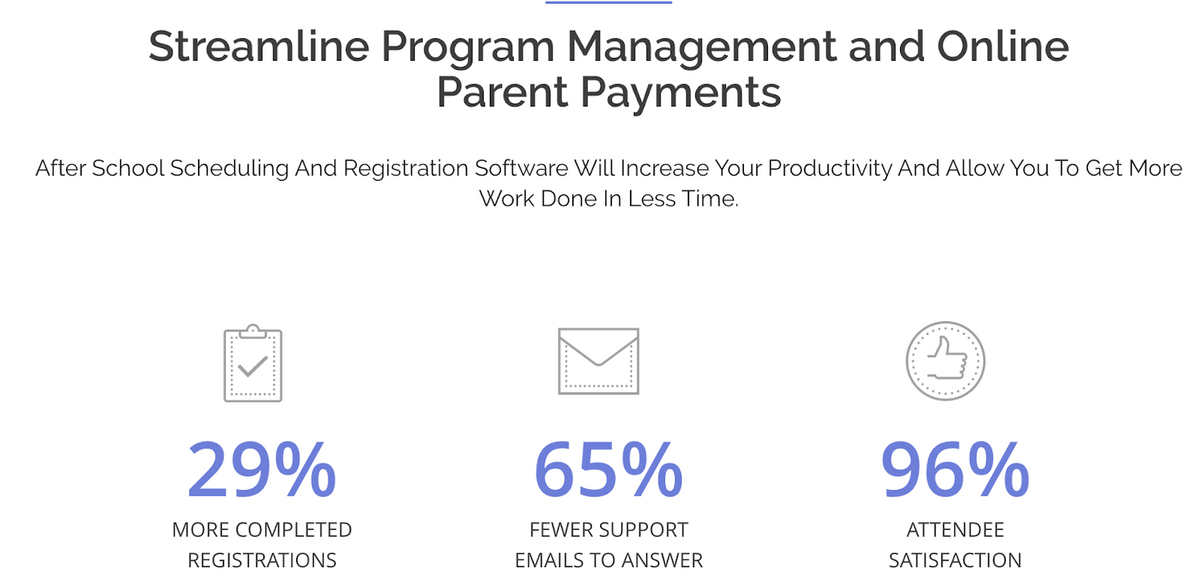
Source: Regpack
The platform helps you manage all aspects of your after-school program, including customer registration, payments, communication, attendance tracking, reporting, and more.
With this tool’s form builder, you can easily build registration forms that are easy to fill out and collect the data that you need in order to run your program effectively and carry out the necessary analyses:
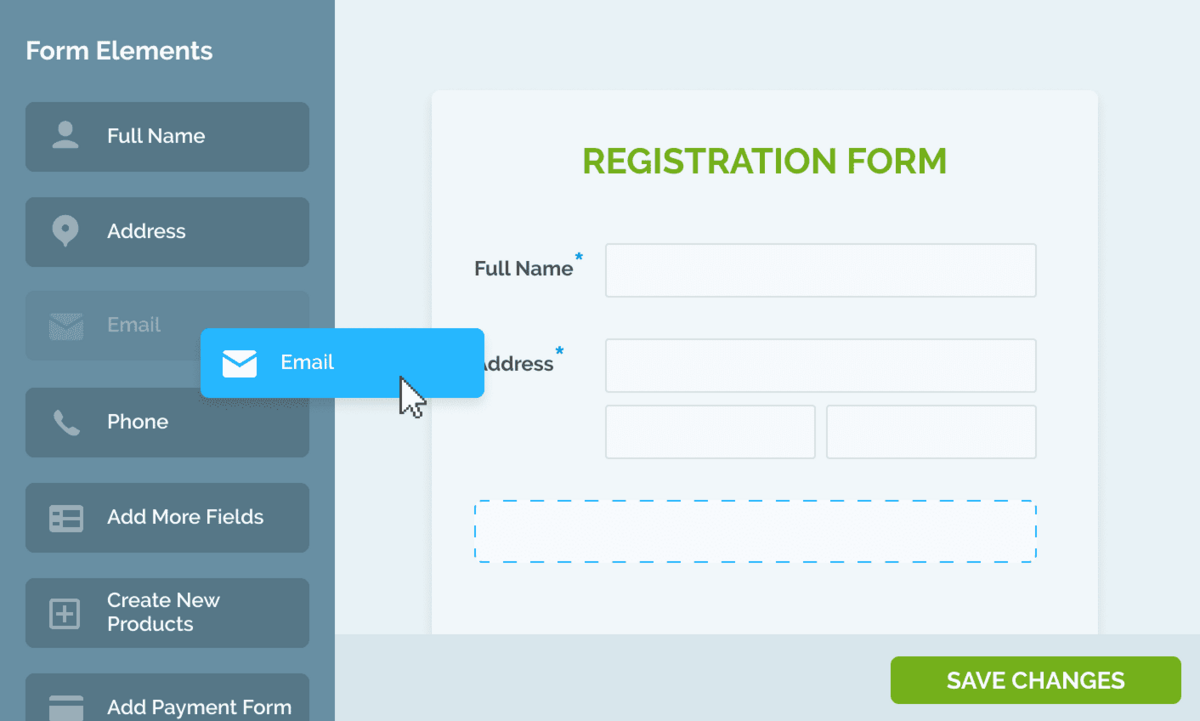
Source: Regpack
Using tech to help with registrations and ongoing management of your program has many other benefits as well.
One of the most valuable is that through data capture and reporting, you’re able to learn more about your students and their parents.
All information you collect in the forms goes straight to Regpack’s database, which you can filter through to find important insights.
For example, if you asked a question about allergies on the intake form, you could bring up a list of all students who have a nut allergy in seconds, allowing you to provide alternative snacks for them for the upcoming trip to the science museum.
Another benefit of using tech, specifically for registrations, is that collecting payments from parents is fast and secure.
With Regpack, you can allow parents to pay online using a wide range of payment methods, from ACH transfer to credit card, and, thanks to security measures like encryption, know that their financial information is safe.
In sum, streamlining the registration process for your students and parents with software will lead to higher enrollment because of the lowered entry barrier.
Conclusion
After-school program directors can increase enrollment in their programs by using the following strategies: marketing the program, partnering with local schools, highlighting the program’s value, offering a free trial period, and making registration a breeze.
Taking these actions will make more parents and prospective students aware of your program, increase lead conversion rates, and make current students more likely to stick around.
To really increase retention rates, and, in turn, enrollment, you have to provide excellent experiences for your students once they register.
Check out our article covering after-school program management tips to learn how to make your program the most beloved, not to mention cost-effective, in your local area.


